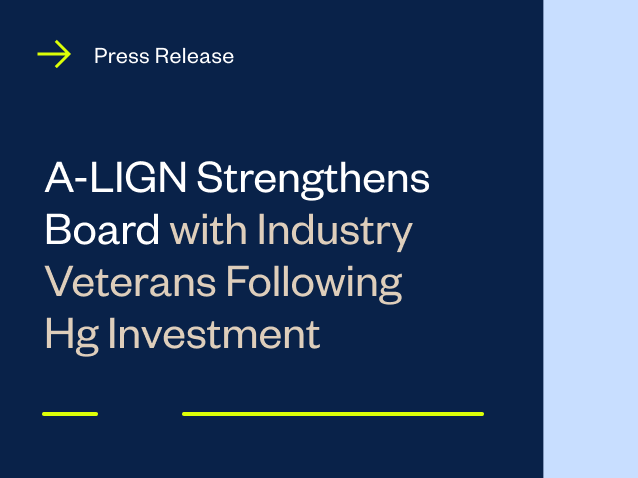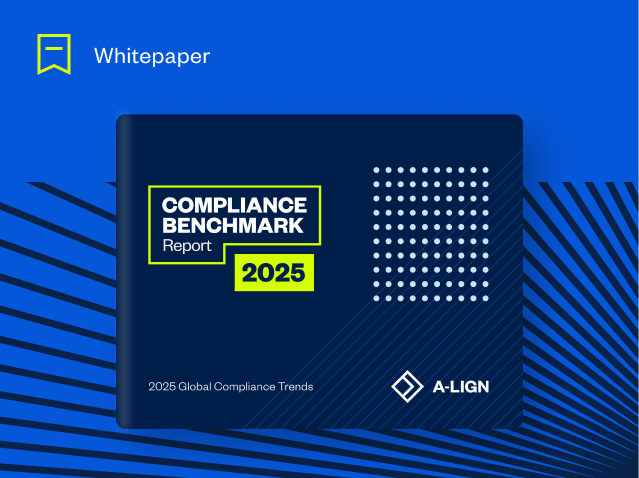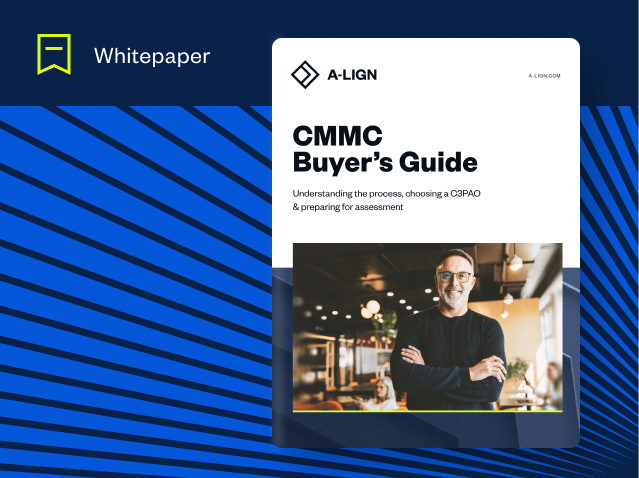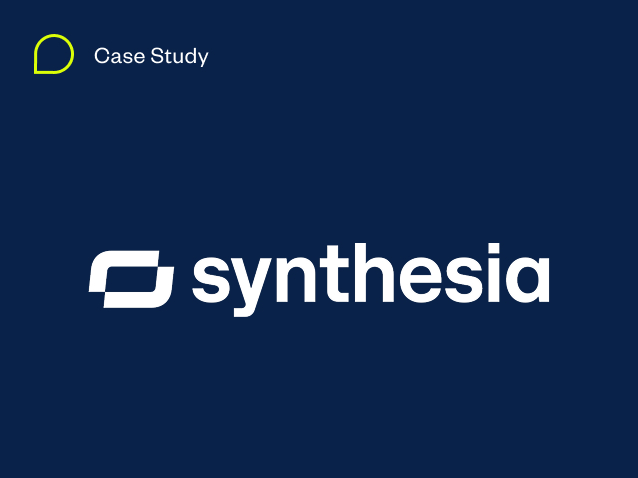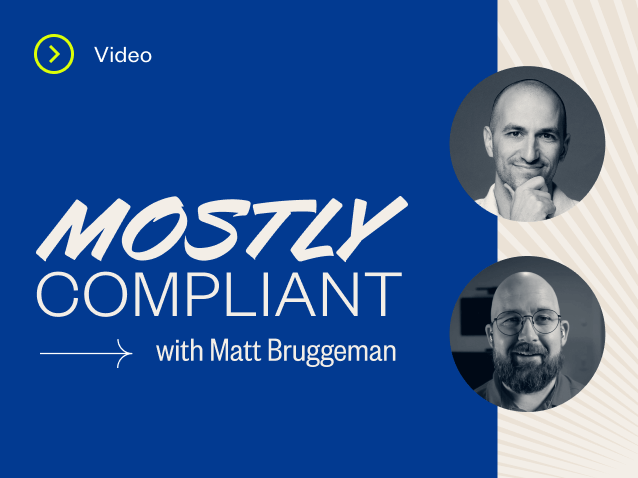SOC 2 Compliance Requirements: An Overview
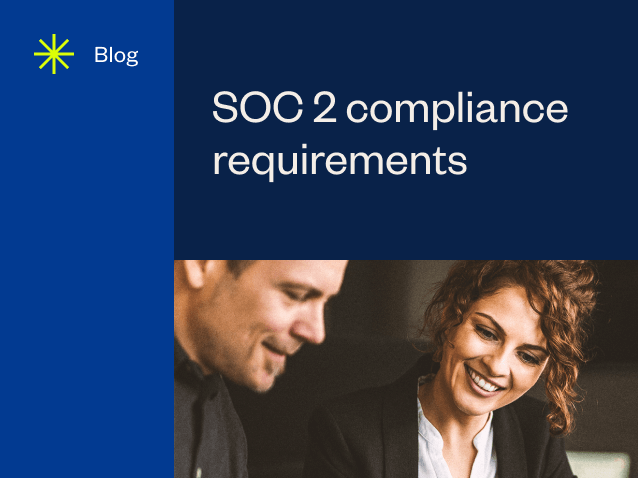
SOC 2 compliance requirements are a set of criteria that service organizations must meet in order to demonstrate their commitment to maintaining the highest level of security, availability, processing integrity, confidentiality, and privacy for their clients’ data. Developed by the American Institute of Certified Public Accountants (AICPA), the SOC 2 framework is a comprehensive auditing process that can be tailored to the unique needs of each organization while ensuring client data is stored in a secure manner. As more businesses migrate their operations to cloud-based platforms, understanding SOC 2 requirements is essential to ensuring that sensitive information remains protected regardless of environment.
What is a SOC 2 audit?
A SOC 2 audit is an examination performed by an independent CPA firm to assess the design and/or operating effectiveness of an organization’s controls. The purpose of this audit is not only to report on control effectiveness within an organization’s internal control environment, but also to provide assurance that these controls are effectively mitigating risks associated with the applicable trust service criteria. Conducting a thorough and well-documented SOC 2 audit can also serve as a valuable marketing tool, demonstrating credibility and trustworthiness to current and potential clients.
Achieving SOC 2 compliance requires adherence to all relevant aspects of the SOC 2 framework. This entails designing and implementing controls that address all of the selected five Trust Services Criteria: security, availability, processing integrity, confidentiality, and privacy. These criteria are intended to provide coverage across key areas of risk while still allowing organizations flexibility in determining which specific controls they need based on their unique circumstances.
SOC 2 Trust Services Criteria
Organizations can use the SOC 2 trust services criteria as a roadmap for establishing robust systems for protecting sensitive information. Each criterion represents a distinct area where vulnerabilities may exist:
- Security: Organizations must have policies and procedures in place that protect against unauthorized access, both physical and logical.
- Availability: Businesses need reliable infrastructure designed for maximum uptime so customers can consistently access services when needed.
- Processing Integrity: Controls should ensure accurate processing of customer data without corruption or unauthorized alteration.
- Confidentiality: Organizations must implement measures to safeguard sensitive information from unauthorized disclosure and use.
- Privacy: Personal data must be protected, with controls in place that ensure compliance with privacy laws and regulations.
SOC 2 compliance requirements checklist
To streamline the process of achieving SOC 2 compliance, organizations can make use of a SOC 2 requirements checklist. This list presents an overview of all relevant criteria, broken down into manageable tasks or milestones. By using such a checklist, businesses can more easily identify gaps in their current practices and prioritize remediation efforts to address those vulnerabilities.
In addition to serving as a helpful organizational tool, compiling a SOC 2 requirements list is also valuable for demonstrating progress toward compliance goals. By maintaining thorough documentation of completed tasks and relevant evidence, organizations can provide auditors with clear evidence that they have taken meaningful steps to address security risks.
What are SOC 2 compliance requirements?
They are a series of standards designed by the AICPA to help service organizations establish robust and reliable internal controls that protect sensitive data in accordance with the trust services criteria. By adhering to these criteria, organizations can not only mitigate risks associated with poor data security but also demonstrate their commitment to customers and partners that they take this responsibility seriously.
Achieving SOC 2 compliance requires rigorous attention to detail and dedication from every level within an organization. Employees must be educated on proper data handling procedures; systems must be monitored closely for signs of potential breaches; infrastructure should be maintained to minimize downtime and maximize performance; and policies should reflect current best practices in data protection.
While achieving compliance may seem daunting at first glance, it is important for businesses operating in an increasingly interconnected world where trust is paramount. By diligently working through the SOC 2 requirements checklist and staying informed about evolving industry standards, organizations can build strong defenses against cyber threats while reinforcing their reputation as trusted stewards of customer data.
Navigating the world of SOC 2 requirements is an essential undertaking for modern service organizations looking to ensure the highest level of data security for their clients. By understanding the SOC 2 audit process, implementing controls based on the SOC 2 trust services criteria, and maintaining thorough documentation throughout the journey to compliance, businesses can demonstrate their commitment to safeguarding sensitive information and maintaining customer trust in an increasingly competitive marketplace.
Ready to start your SOC 2 journey? A-LIGN is ready to assist with any of your SOC 2 compliance, cybersecurity, and privacy needs. Contact us today.
